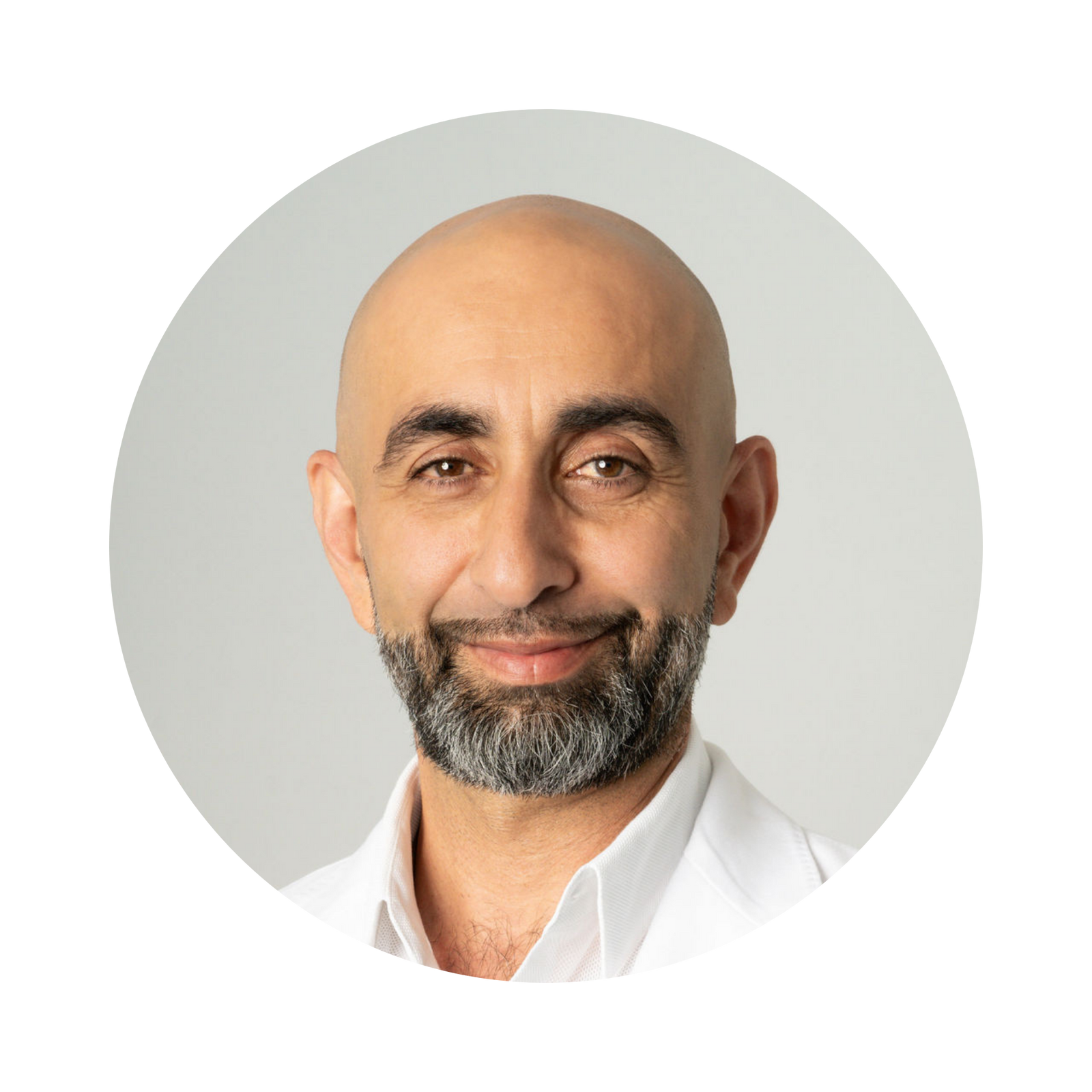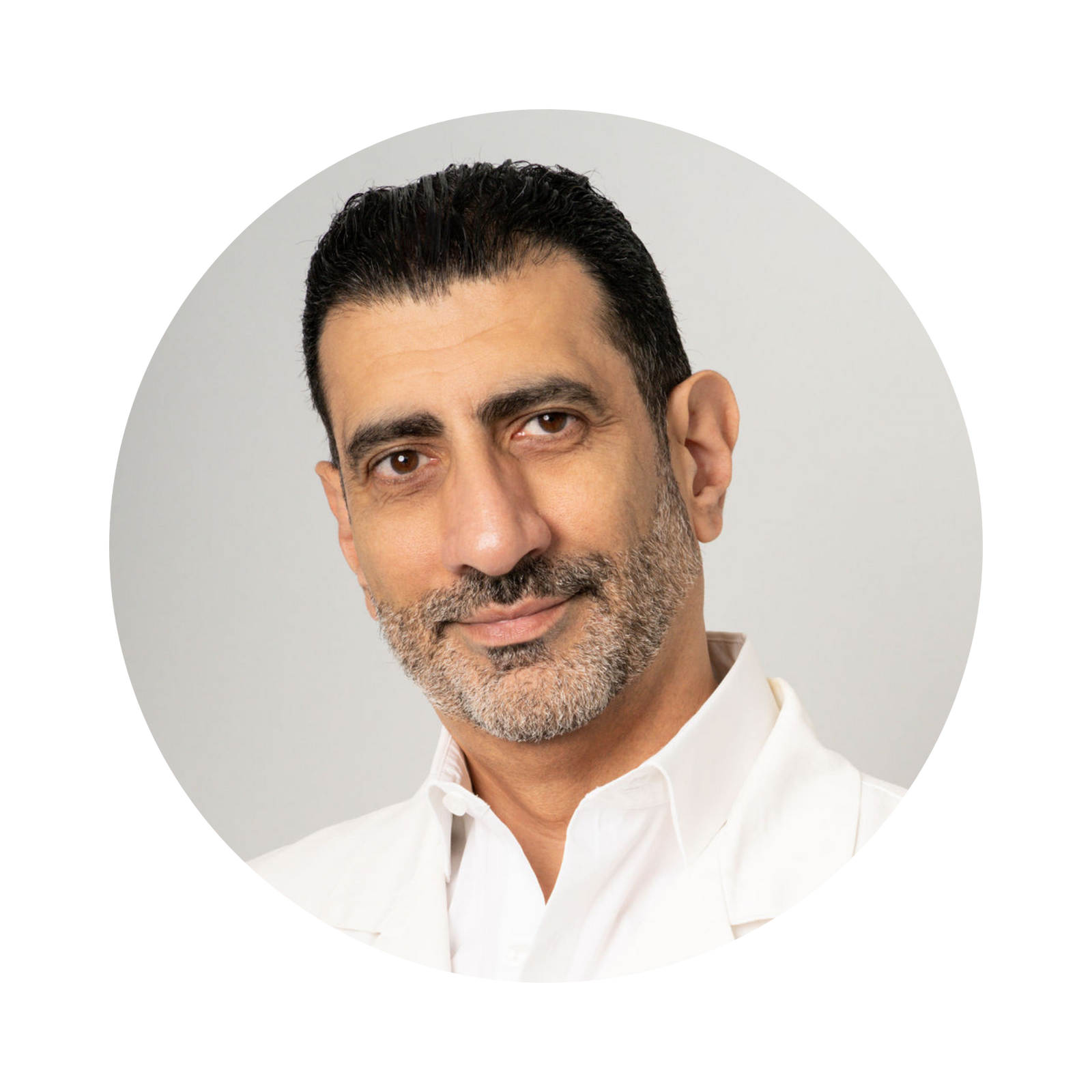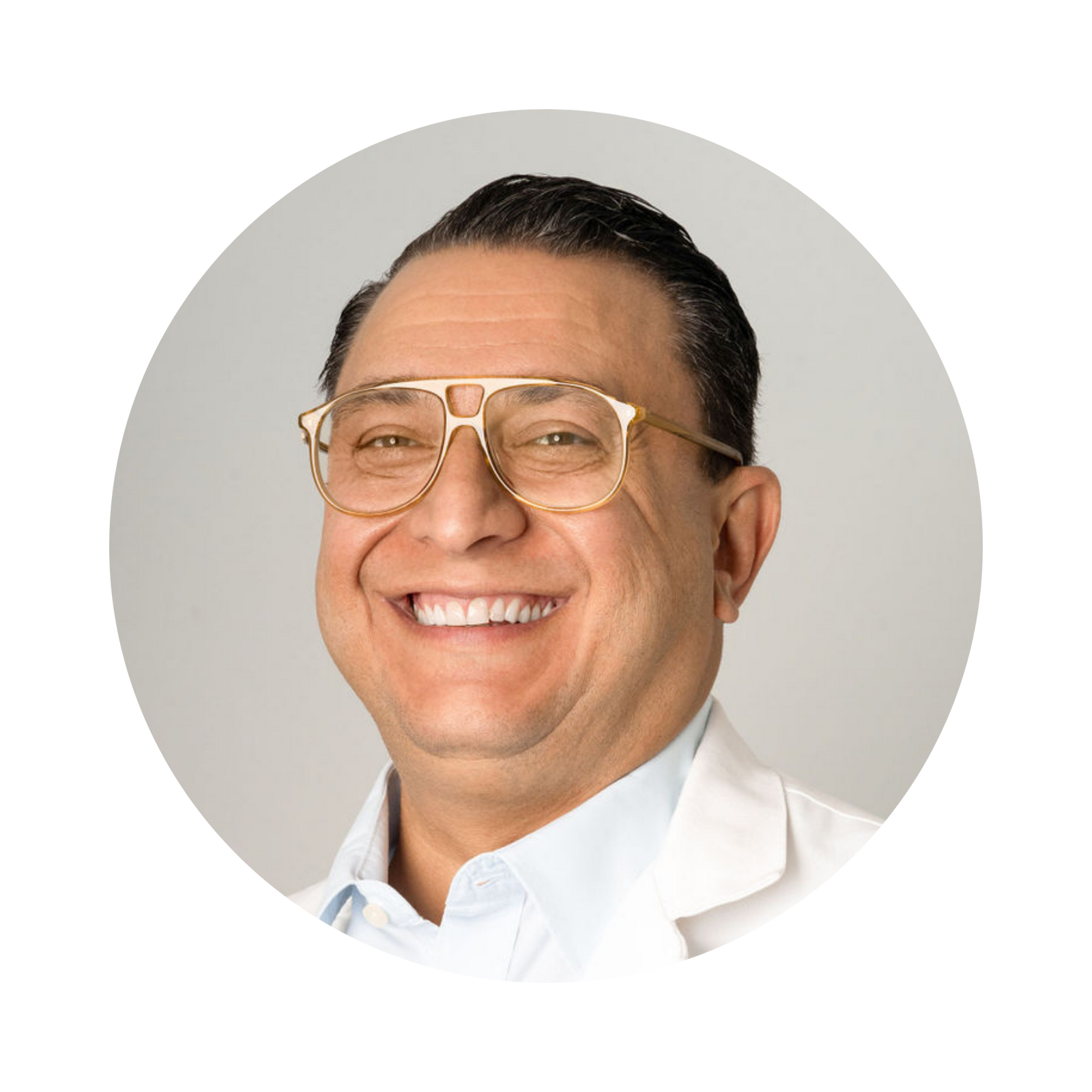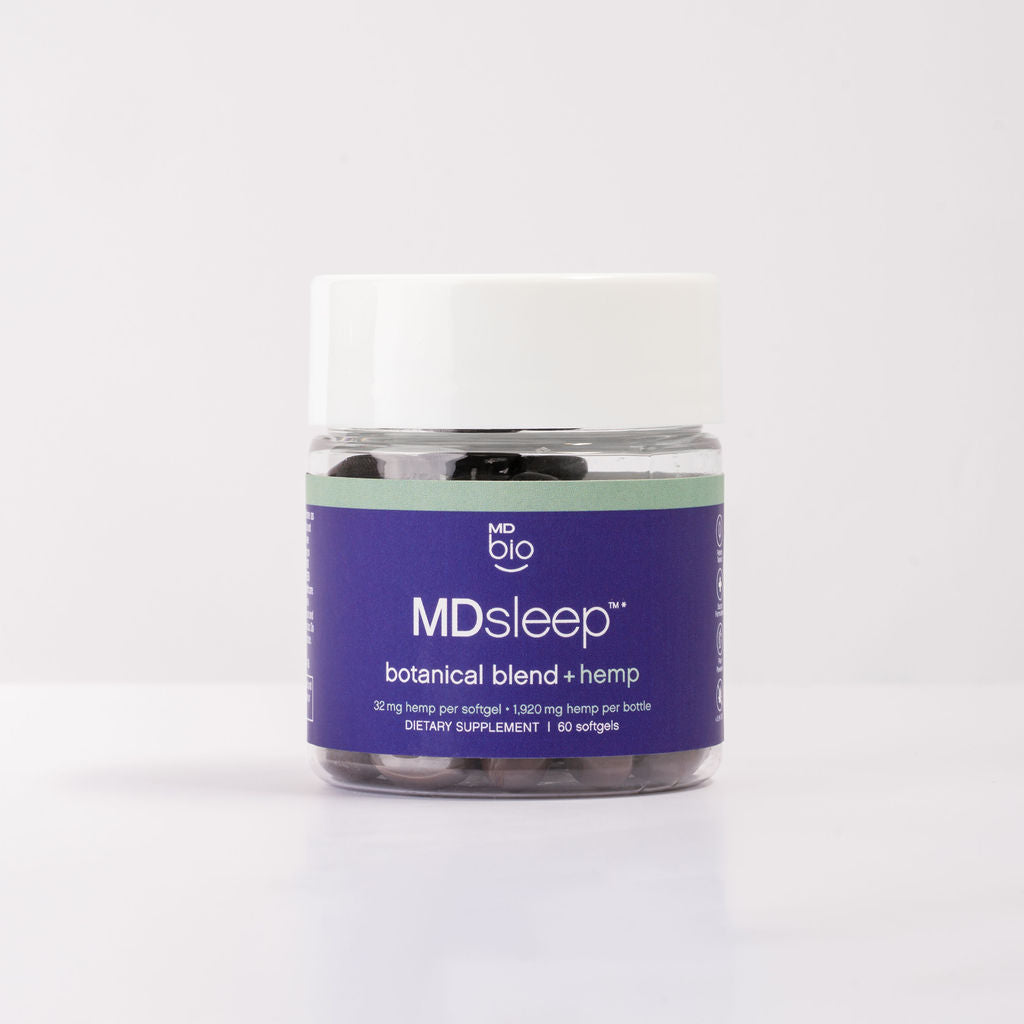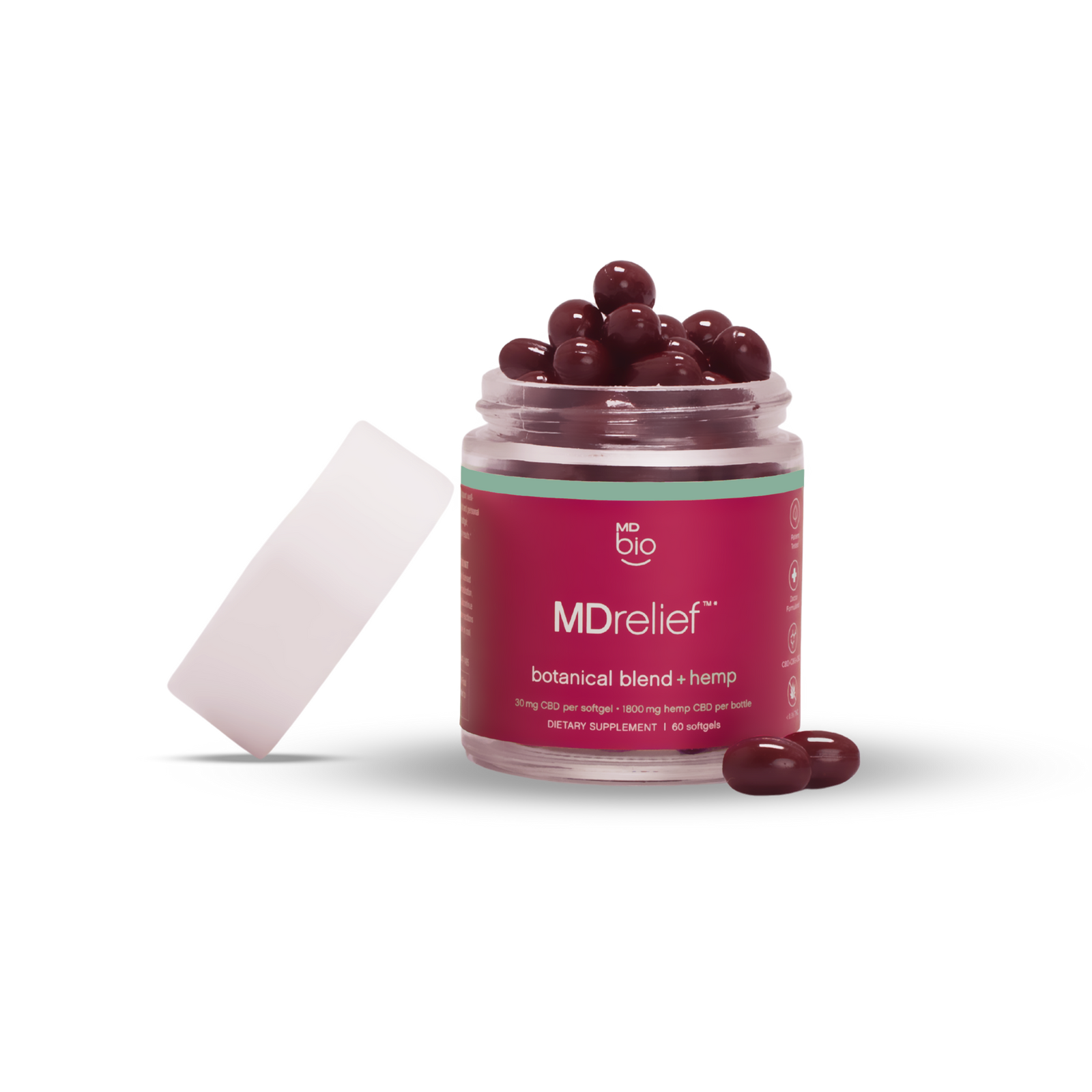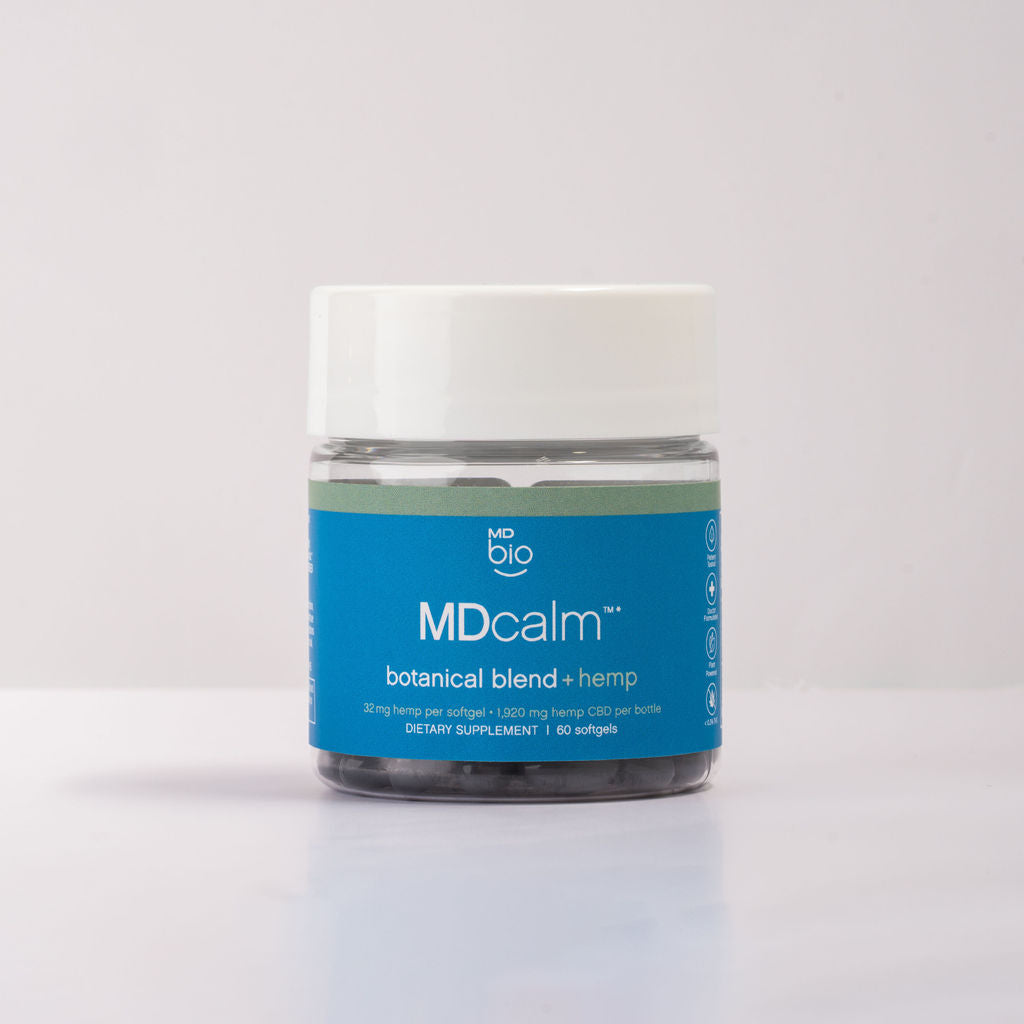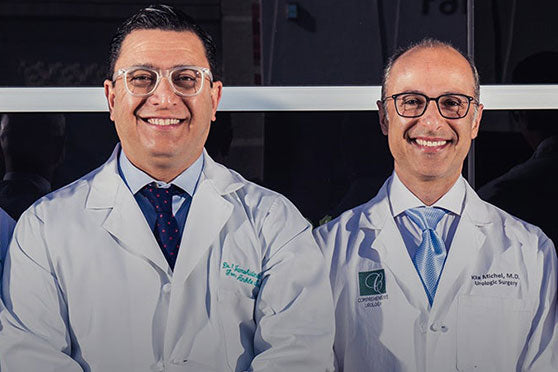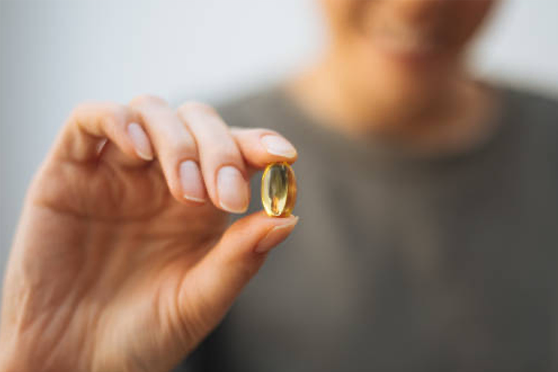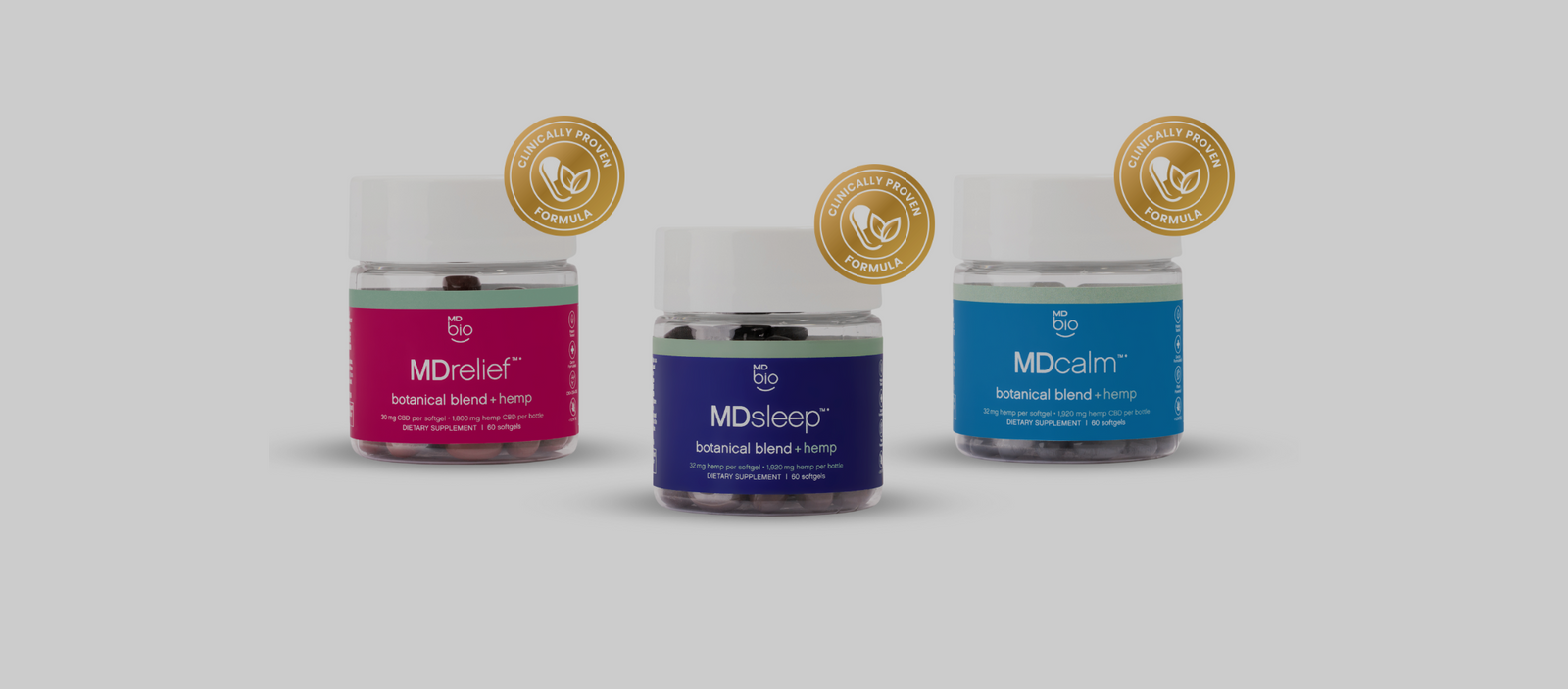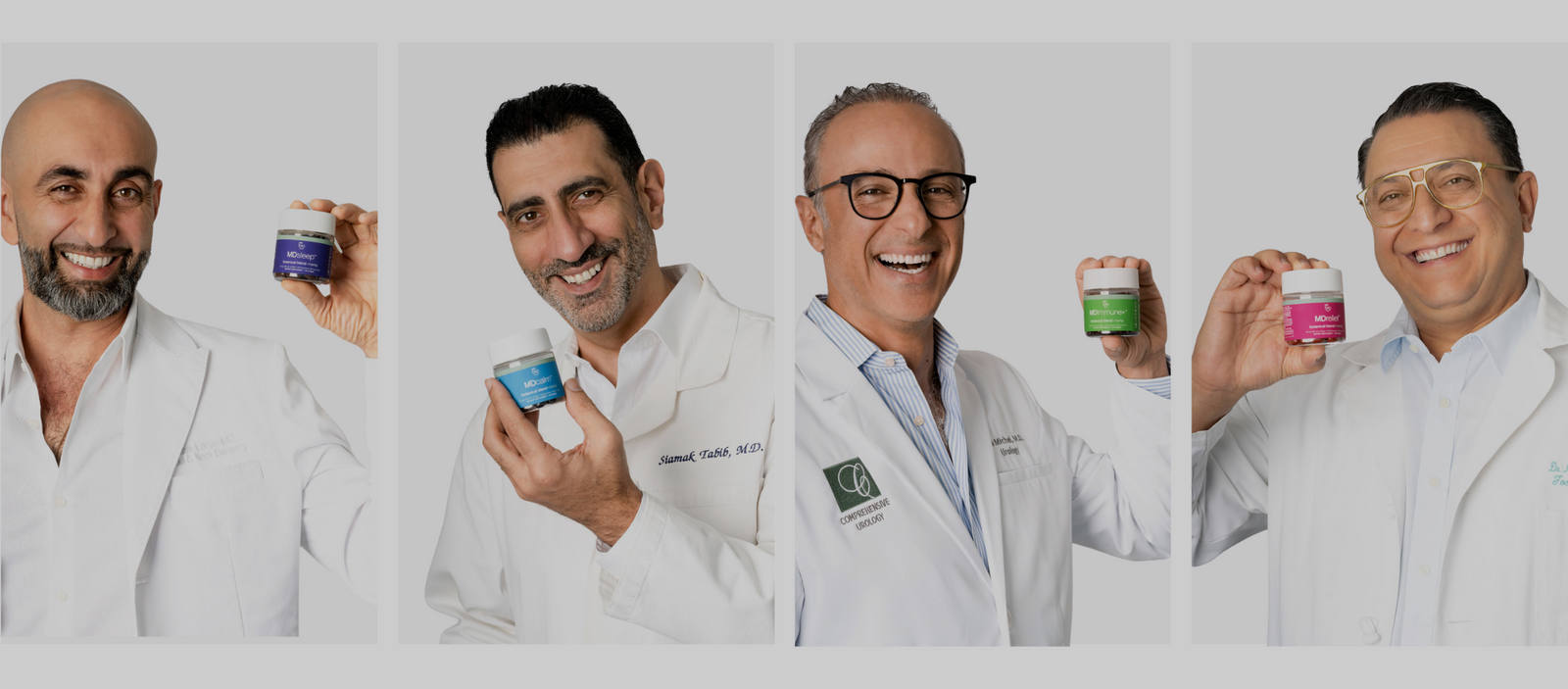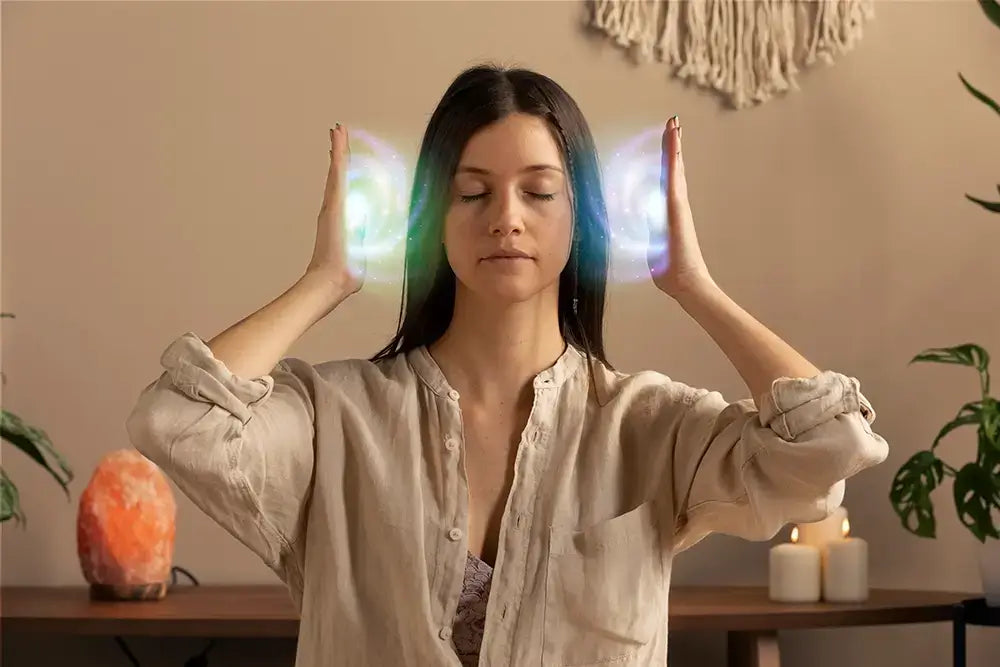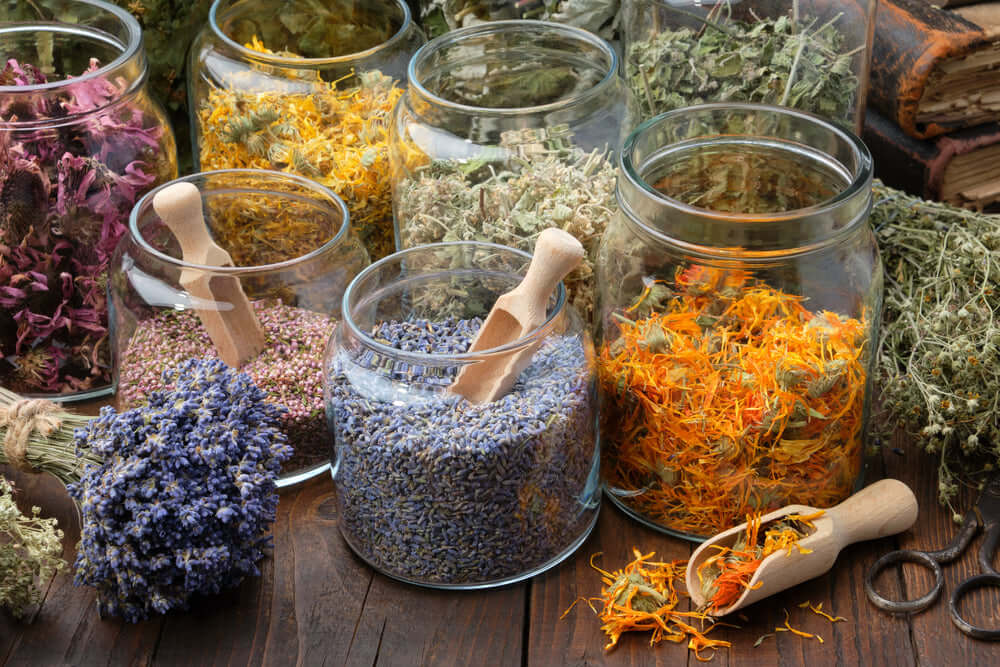
The history of medicinal herbs goes back to our early ancestors when plant-based medicine was the primary source of healing known to man. The history of plant medicine involved experimenting with plants and led to learning about their various properties that assisted with healing and recovery and allowed humans to develop natural medicines for a myriad of ailments. Without the original practices of human botanicals, modern medicine would not be as it is today.
Archaeological excavations discovered that humans have likely used plant-based medicines since we first walked the earth. The discoveries made inspired more experimentation that ultimately resulted in the modern medicine we have now. Let's take a moment to review the history of medicinal herbs so that we may see where they will lead us in the future.
Discovering the Powers of Plants
The history of plant medicine dates back to ancient cultures across the globe, including the Americas and Asia. Plant medicine has been used to treat physical ailments as well as mental ones. The goal is to ultimately enhance one's general health and well-being through the use of natural herbs. While the remedies are plant-based, they require the same level of caution as modern medicine today.
Shamanism can be attributed to an early practice in the history of plant medicine, practicing both herbal and spiritual remedies. In these practices, the focus on spiritual medicine attempts to diagnose the root of the individual's problem through plants and healing techniques that are deeply entrenched in a spiritual connection. This can also be known as a type of holistic medicine.
Aside from this, humans may have also learned about the properties of plants by observing the world around them in the history of medicinal herbs. A plant's curative properties may have been discerned by watching other animals interact with the herb, allowing humans to gauge the effects and share that information.
First Written Records of Plant Medicine
While Shamans shared their knowledge and wisdom about herbal medicines so that it was passed down through generations, the first known written records date back to when the Egyptians crafted papyrus. One such scroll the information was written on was the Ebers Papyrus, a 20-23-meter long scroll with 108 columns of text to read through detailing ancient physician secrets about the history of medicinal herbs.
In India, the Charaka Samhita is the oldest known written record in the history of plant medicine and the field in general. With information on the use of over 300 plants and herbs for medicinal purposes, in addition to detailed notes of the geographical significance of these plants, the Charaka Samhita is a renowned resource for ancient practices in the history of medicinal herbs.
How Plants are Used in Modern Medicine
Some modern scientists argue that the use of plants in medicine is unnecessary because the compounds could be synthetically replicated in a lab and made more potent. While the synthetic compounds are often identical to the naturally occurring ones in molecular structure, many drugs depend on flowering plants to be completed.
The human system is complex, and therefore the effects of naturally occurring plants cannot be underestimated. The biomedical model of plant medicine views plants as a source of a single chemical that targets a single part of the body to repair the individual's health. This is not necessarily true due to the human body's complexity, but there are instances that are unexplained.
Reforms that Restricted Education
What happened to all the written education and programs designed to educate people on the history of plant medicine? Why are human botanicals not well known in western civilizations?
The elimination of herbalist and traditional healer practices is due to certain modern medical practitioners that wanted to distance themselves from more intuitive and “superstitious” practices that could not be definitively backed by science.
Within the United States, this meant closing schools that offered programs with herbalist and natural medicine tracks in the 1930s. Schools that remained open had their curriculum strictly regulated to remove elements of traditional medicine in favor of modern pharmaceuticals. This lasted for decades, but in recent years, a return to the holistic idea of medicine is on the rise.
Holistic Ideas Return
The idea of holistic medicine is to treat the patient not for one symptom or issue, but as a whole: mind, body, and spirit. Inspired by the balance of yin and yang, one's body must be in balance to be considered whole. When one aspect falls out of balance, the entire alignment is off, resulting in the need for treatment.
This renewed interest in natural medicine was in part due to lesser risks with botanicals. People were looking for alternatives to modern medicine and the evergrowing list of side effects and potent chemicals that come with them. Alternative medicines focused on a holistic view of the human body, meaning that the well-being of the individual as a whole could be addressed.
Balancing Medicine and Diet
One way to focus on the whole body is to adjust one's diet to match the natural remedies. While physical ailments may require salves or supplements, a proper diet is a key to ensuring that the body runs properly and can use all the nutrients to help speed up the recovery process.
Diet varies per person, depending on dietary restrictions or choices about products consumed. Achieving the optimal diet for your body can help establish balance within your system. This balance will in turn affect how your body receives human botanicals and repairs itself naturally.
Role of the Food and Drug Association (FDA)
In response to the renewed desire to find alternatives to modern medicine, the FDA established new regulations that allowed manufacturers to label products as “dietary supplements” so long as no health claims were made by the company. This allows the consumer to research the product themselves and determine what's best for their body.
Additionally, more accountability was placed on the industry because manufacturers are required to report any instances of adverse effects. If the supplement is potentially dangerous, consumers will know. The quality of the supplements will also be evaluated to ensure consumers know which products are safe to use.
Botanical Medicine Today
The role of human botanicals has increased as more and more people switch from modern medicine to more natural remedies that don't come paired with a lengthy list of side effects. Today, people are seeking more beneficial treatments without the risks western medicines pose. Outside of the United States, most of the world continues to rely on human botanicals and natural medicines for general improved well-being. One cannot underestimate the benefits of returning to nature to seek treatments for the body.
Commonly Used Ingredients
You'd be surprised to see what is contained within modern medicine. Many essential drugs are composed of naturally occurring compounds found in plants. Take a look at some of the most commonly used ingredients that have natural origins outside of the laboratory used to synthesize compounds. You'll be surprised to see so many ingredients that have the same properties as modern medicines that are created synthetically.
White Willow Bark Extract
Did you know that white willow bark contains the same components as over-the-counter aspirin? It's true! It reduces inflammation, lowers fevers, and soothes the body. Chronic diseases and pains are no match for the healing properties of white willow bark.
White willow bark has been used since ancient times as an herbal remedy similarly to how aspirin is used today. For those who don't experience the benefits of aspirin, or for those who want a natural alternative, white willow bark is a wonderful option to pursue. Products containing the bark are bound to help reduce symptoms.
Hemp Extract
Hemp extract refers to the Cannabis sativa plant's leaves, flowers, and stalks (not the seeds). The extract contains less than 0.3% of THC so there are no intoxicating effects. Instead, you can only benefit from the plant's ability to provide herbal pain relief, reduce pain, inflammation, and nausea.
Additionally, you may experience relief from anxiety and depression symptoms when using products that contain hemp extract. Migraines and respiratory allergies can also be relieved using products with hemp extract in them.
Frankincense
Frankincense is an ancient part of herbal medicine used in China, Africa, India, and the Middle East. It's well known for reducing inflammation and its rich, unique scent. It can also be used to relieve pain and improve the body's circulation, improving the balance between mind, body, and spirit in a holistic sense.
Those who suffer from arthritis can seek relief through frankincense, as it is renowned for its anti-inflammatory properties.
Lavender Extract
Similar to mint, lavender has a soothing effect on the body. This anti-oxidant works as a sedative to calm the nerves and relieve depressive symptoms. It helps boost and restore the body's nervous system, combating restlessness, digestive issues, and irritability.
The History of Medicinal Herbs Continues
Now that you know the history behind human botanicals, what can you do with this information? You can seek alternatives to modern medicine and enjoy the benefits of respecting the history of plant medicine. There are many positive effects tied to natural medicine without the harmful side effects of western pharmaceuticals.
